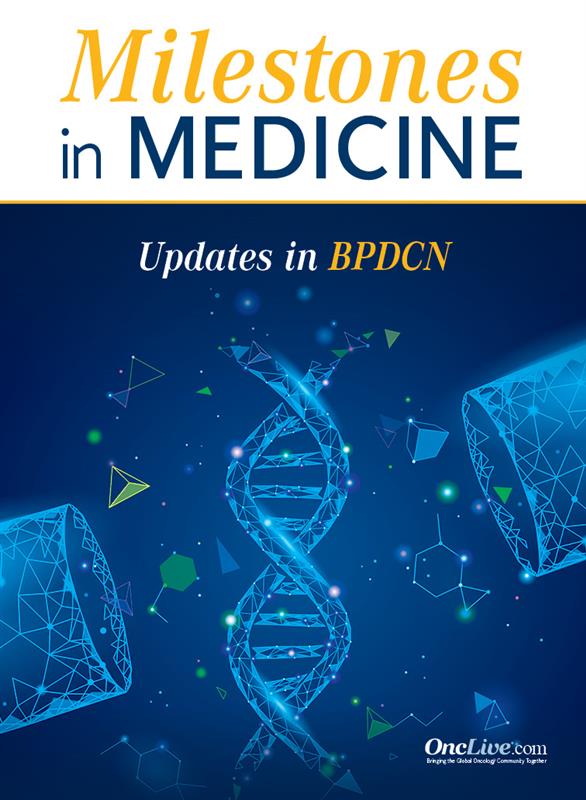Dr Brunner on the Role of the Dermatologist in BPDCN Diagnosis and Treatment
Patrick M. Brunner, MD, discusses how collaboration between dermatologists and oncologists is critical for both accurate diagnosis and the selection of effective treatment approaches for patients with blastic plasmacytoid dendritic cell neoplasm.
Patrick M. Brunner, MD, associate professor, dermatology, director, Cutaneous Lymphoma Clinic, The Kimberly and Eric J. Waldman Department of Dermatology, Icahn School of Medicine at Mount Sinai, discusses how collaboration between dermatologists and oncologists is critical for both accurate diagnosis and selection of effective treatment approaches for patients with blastic plasmacytoid dendritic cell neoplasm (BPDCN). Brunner also shares how future research on the characterization of tumor cells may help further clarify and improve the treatment of patients with this rare disease.
Dr Brunner on the Role of the Dermatologist in BPDCN Diagnosis and Treatment
BPDCN is typically characterized as a rare and aggressive hematologic malignancy and is known to affect other organs such as the skin, Brunner begins. Accordingly, a majority of patients with BPDCN often display variable skin involvement, including bruise-like or tumor-like lesions. Dermatologists are often responsible for initial diagnosis when patients first present with these symptoms in the clinic, Brunner states. If a dermatologist suspects a patient has BPDCN, they will request that they undergo a skin biopsy, Brunner adds. After this diagnosis is confirmed using histopathology, the patient will continue on to treatment under the guidance of a hematologic oncologist, he says.
Dr Brunner on Unmet Needs and Future Areas of Investigation in BPDCN
When considering the future treatment of patients with rare malignancies like BPDCN, it is important to increase clinicians’ knowledge of disease biology and characterization through research, Brunner says. Although this may not directly affect the treatment of current patients with BPDCN, increasing such knowledge of the disease may inform and clarify treatment for future patients. Moreover, enrolling patients in clinical trials will not only help maximize the efficacy of currently available treatment options, but aid in the development of novel treatment approaches, Brunner concludes.




